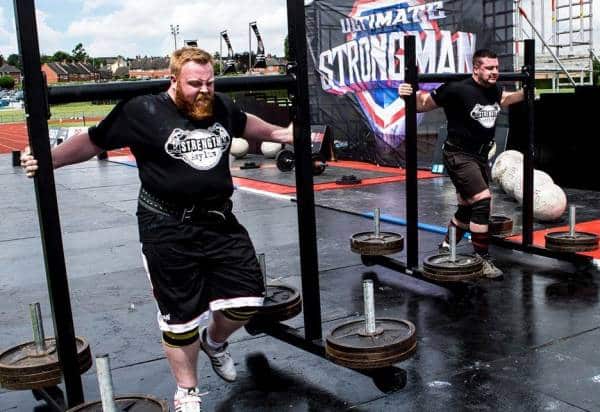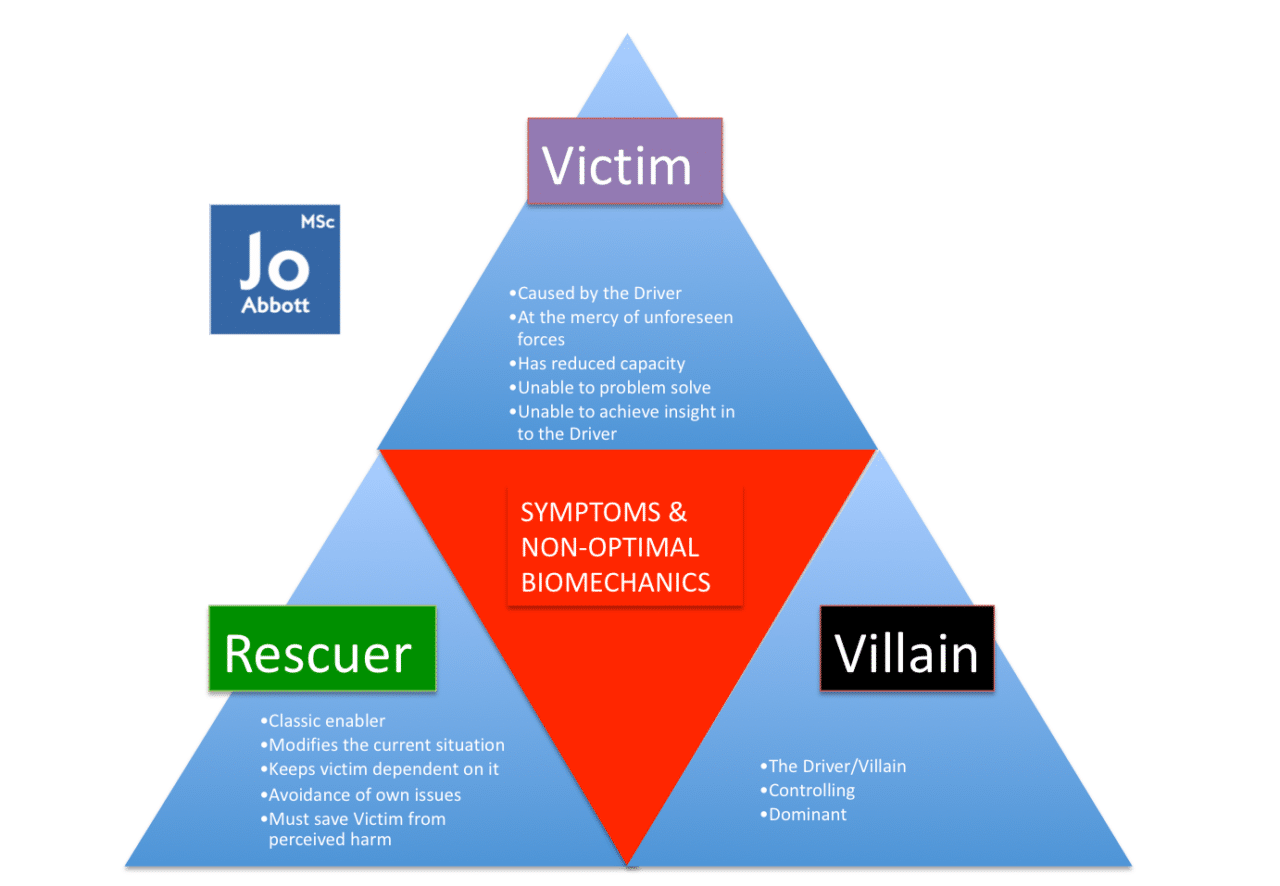
Exploring in vivo Sciatica Case Studies – Strongman Competitor
The following Strongman Case Study have been supplied by a Private Facebook Group. Thank you guys for sharing. All Case’s have been diagnosed with Sciatica, each with a individual’s story of events and symptoms. The name “sciatic” came via Latin from the Greek “ischiadikos” which means “subject to trouble in the hips or loins.” WARNING: there are moments of frankness!
Case Study 2
Patient: 54 y/o Man Ranked 1st Bolton’s Masters Strongman (Competed since 2011)
Event that provoked Sciatica: Strongman competition believes it was a loose yoke.
Symptoms: “Pain through both legs during Competition”
Previous injuries: (specific details unknown)
- Issues with left shoulder
- Bilaterally torn biceps
- Torn left latissimus dorsi and tricep
- Torn right hamstring (8 years ago)
- Torn a quadricep – not sure which one/side
- Dropped 2 atlas stones on feet: left foot has nerve damage, right foot has most pain
Meaningful Task: Being able to walk for more than a mile? without pain down my right leg – from hip/glute height down to foot.
Current Symptoms: Right-side sciatica
Diagnosis:
- NHS Physiotherapist diagnosed: Under-active glutes (no reason for this given).
- MRI diagnosed: Worn discs (unable to remember which ones)
Treatment:
- Physiotherapy prescribed Cobra stretch (for spinal mobility)
- Foam Rolling; low back, thoracic spine, glutes, hamstrings, calfs, quads then with ball roll piriformis area, low back, and SIJ’s
- Stretching, although stretching makes the symptoms worse – although it makes walking for longer easier.
Lifestyle
Personal Trainer, S&C Coach and Sports Therapist
Applying Hypothetical Deductive Reasoning (HDR):
“Glutes not firing”
Argh… one-way to tip my calm and neutral mental equilibrium – quote this to me and you’ll receive my 101 lecture on poor, inaccurate and misleading nomenclature of the Manual Therapy Industry! Let’s not mess around here. Muscles are designed (we could debate this term ‘designed’ in another lifetime) to do a job i.e. from pumping blood around your body to creating locomotion (movement). During locomotion they work in pairs (extensors and flexors), Newton’s 3rd Law of Motion: for every action (force) in nature there is an equal and opposite reaction. Unless you have ‘severed’ the main nerve connection and all it’s motor end points to the ‘muscle’ in question, diagnosed with a specific disease/disorder – then this is not possible. Or you are dead?
The term “your glutes are unable to recruit optimally” may be a better description of your findings. And if they are not recruiting optimally, then what affect does this have on the person? And is it relevant to their symptoms and inability to go about their active daily living (ADL) tasks? Is it a part of why they are unable to complete their Meaningful Task (the thing they want to be able to do)? If the non-optimal recruitment of the glutes is your finding, then isn’t the most important question: “Why the glutes not recruiting optimally“? What is driving the glutes to not have the capacity to contract? This is the most important question, is it not?
A muscles ‘capacity’ (the total of things a muscle can produce) is being compromised, therefore it is unable to reach it’s ‘capacity’. A muscles capacity is relative to the physiology, biomechanics, and psychology of the person the muscle belongs to. For example: Physiology; muscles work optimally in a narrow range of almost zero acidity, being acidic stops the rate-limiting enzyme from working (Mertz, 1987) and directly inhibits the contractile action of muscle fibres. Biomechanics; Passive force is the force that comes from elongation of connective tissue components of the muscle tendon unit. Passive tension is a significant factor affecting movement at the extremities of joint range of motion (ROM). The increase in passive tension limiting range of joint motion is quite apparent in multi-articular muscles and is called passive insufficiency. Psychology; muscle contraction occurs when a muscle cell lengthens or shortens. Contraction is controlled by the central nervous system comprised of brain and spinal cord. The brain controls voluntary muscle contractions, while the spine controls involuntary reflexes. For voluntary muscles, contraction occurs as a result of conscious effort originating in the brain. This is muscle capacity.
So maybe the right questions at the time of the symptoms being reported may have been:
- “Why were the glutes not able to recruit optimally”? and
- “Is this a part of the picture that is driving this man’s limitations/symptoms”? If not, it’s not important at this time.
“Foam rolling”
Tight? Hmmm…
Generally people get on a foam roller or ball to massage a muscle in their body because it feels either ‘tight‘ or ‘uncomfortable‘, or, it’s because everyone else is doing it (sorry, but i was a Personal Trainer for 15 years, I have witnessed first-hand the ‘waves’ of Trends and Cult’s). There has been lots of criticism on Social Media, and with colleagues, over the last 18 months regarding Manual Therapists using the terminology ‘tight‘ to describe a finding. ‘Tight‘ generally means; fixed, fastened, or closed firmly. An adjective that describes a sound, taste, or in this context, a feeling or an observation. It’s a persons perspective, their perception of what they feel and see. Therefore, using the word ‘tight‘ to describe a feeling or observation is true to the people involved. Just to note: a feeling or observation are both primarily exploratory, in research it’s better known as ‘qualitative findings’ and have their place in supporting EBM. But is using the term ‘tight‘ true in the sense of muscle capacity? Physiology? Biomechanics? Psychology? *Discuss below in Comments*
Foam Rolling concerns!!!

NEXT WEEKS BLOG:
- Multiple factors of sciatica; foot driven sciatica
- Release of the piriformis
- Injury mechanics that may drive sciatica
-
There are so many mechanisms involved in squatting, some of these mechanisms are fundamental to the human design, others blow off the cobwebs and allow us to keep moving safely and efficiently. Reducing squatting exposes the joints to premature aging; knees, hips, ankles, spine, and pelvis.
-
Thumb joint corrects foot pain! Seriously?
I know, crazy right? I must be mistaken? It has to be some kind of black magic? I'm pain-free because of some other factor? It must be psychosomatic?To be honest, I have heard it all now. What's important? My wrist is pain-free enabling me to get back to a normal life after 2 years of pain!



0 responses on "Strongman Competitor insidious Sciatica - Controversial Hack"